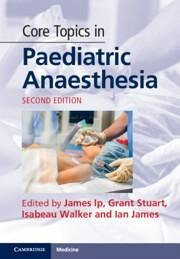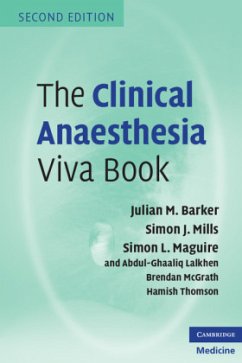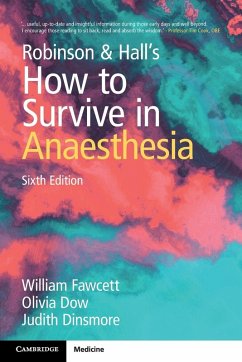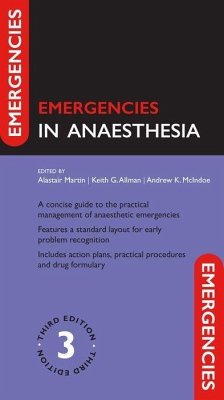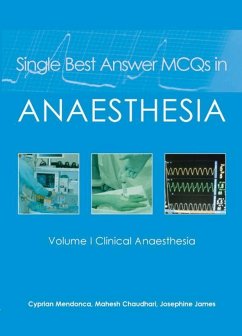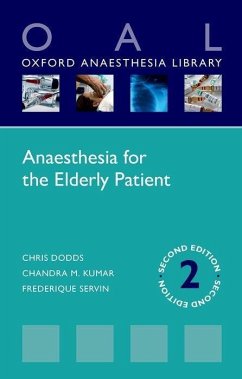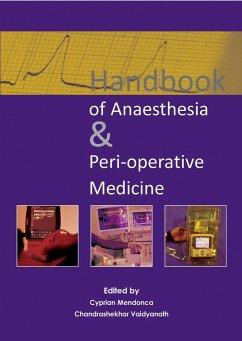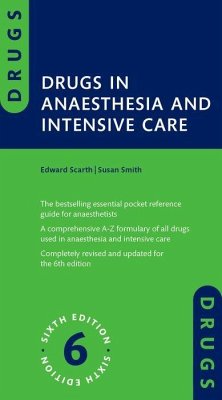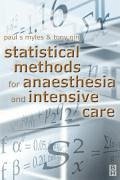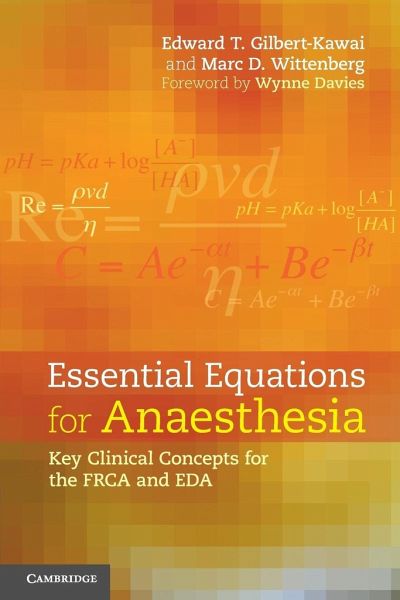
Essential Equations for Anaesthesia
Versandkostenfrei!
Versandfertig in 1-2 Wochen
63,99 €
inkl. MwSt.
Weitere Ausgaben:

PAYBACK Punkte
32 °P sammeln!
Written for candidates preparing for postgraduate anaesthesia examinations, this book concisely covers all of the relevant equations that may come up in questions. Each equation is simply explained and put into a clinical context, with a worked example or clinical application, and derivations provided where necessary.





